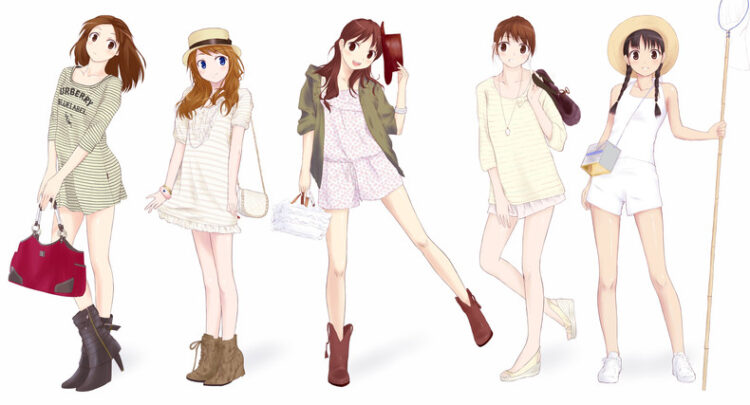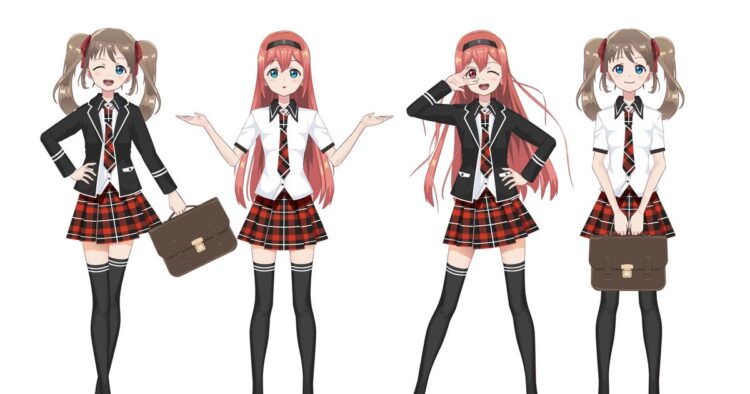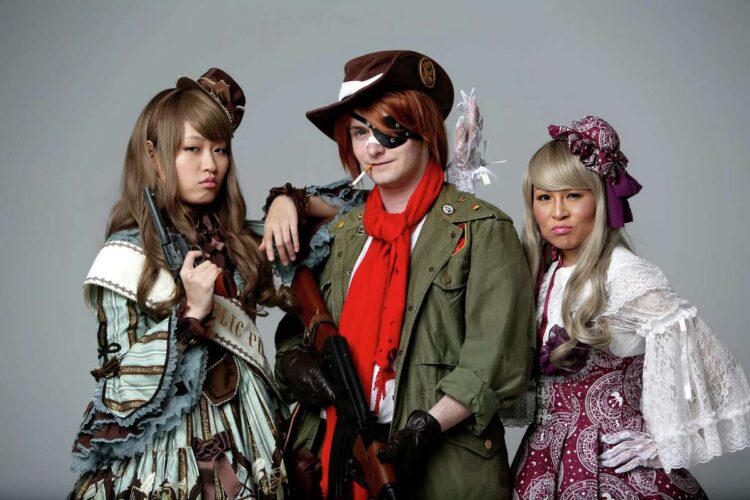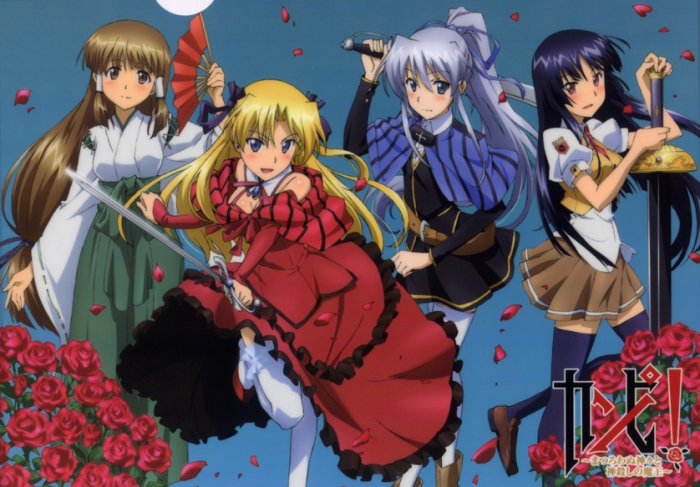Anime has been around since the late 1800s, but it wasn’t until the 1990s that it began to influence fashion and design. Today, it is still a major force in both spheres, with its designs often being adapted and applied to mainstream fashion and design. In this blog post, we will explore some of the reasons why, and how you can take advantage of its power to elevate your own work.
The Background of Japanese Animation and Fashion

Anime has a long history of influencing fashion and design, dating back to the 1960s. During this time, Japanese animation became popular in the United States, and designers began to notice how characters conveyed unique body movements and clothing styles. This influence continued into the early 21st century when anime began to be used more prominently in advertising and trends.
Today, there is a growing trend of incorporating anime aesthetics into mainstream brands. For example, Nike recently collaborated with Japanese artist Keiichi Tsuchiya on a series of sneakers featuring character designs from the popular manga-anime franchise Attack on Titan. For example, Anime basketball shorts started selling worldwide in collaboration with popular fashion brands.
Similarly, Saint Laurent created a capsule collection inspired by My Little Pony: Friendship is Magic that was released in November 2017. As these examples illustrate, anime has become increasingly accepted as an important source of inspiration for both designers and consumers alike.
How They Impact Each Other

The growing popularity of Japanese animation and fashion has led to a symbiotic relationship where both industries have been able to grow and thrive. Anime’s stylized visuals and often risqué humor have influenced fashion in a number of ways, from how clothing is designed to the way it is marketed.
Anime has also had an impact on Western fashion through the introduction of new concepts and trends. In 2006, HIDE(an online resource for information on Japanese culture) published an article entitled “How Anime Is Changing Fashion Forever” which outlined the ways in which it was influencing fashion designers around the world.
One of the most prevalent examples of this influence is cosplay, or costume play, which began as a fan subculture within anime but has since become mainstream thanks to its widespread use in video games, movies, and television shows. Cosplayers often dress up as their favorite characters from anime or manga, mimicking their costumes and makeup exactly. This trend has even spilled over into everyday life, with many people donning character attire for special occasions like weddings or birthday parties.
Anime and Design Inspirations

Anime and design have a long, intertwined history. The geometric designs of anime are often used in fashion and design. Anime characters are often depicted with unique hairstyles and clothing choices. One of the most influential examples of anime and fashion collaboration is the “School-Live” film series.
The “School-Live” film series features an ensemble cast of characters who attend a school that has been sealed off from the outside world by an 80-foot-tall wall. The characters wear school uniforms designed by Japanese designer Uniqlo. The collaboration between Uniqlo and director Tatsuya Yoshihara resulted in some stylish items that can be found on store shelves today.
Other examples of anime and fashion collaborations include: Kajiura Yuki’s song “Kimi no Na Wa” was used as the ending theme for the 2010 TV series “Death Note”; manga artist Takeuchi Kentarou’s manga character Bishoujo Senshi Sailor Moon was adapted into an animated television series produced by Toei Animation; and NIS America released the video game adaptation for Attack on Titan in 2014.
Conclusion
When it comes to fashion and design, there’s no doubt that anime has had a significant impact. From the way characters are often stylized to the overall trends seen in popular clothing brands, anime has definitely left its mark on the world of fashion. If you’re interested in learning more about how anime has influenced modern fashion and design, be sure to check out some of our other articles on the subject.






